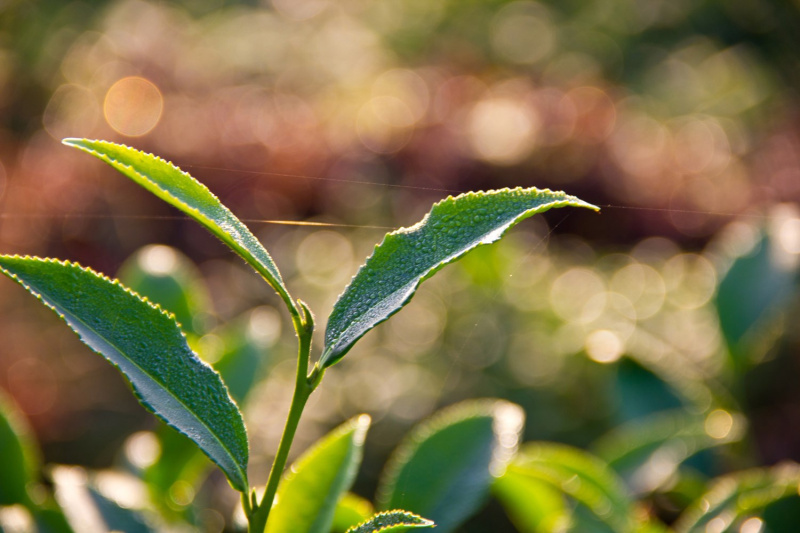|
Name in Chinese
|
紫芽苞 |
|
Pinyin
|
zǐ yá bāo |
|
English name
|
zi ya bao |
|
Translation
|
Purple buds |
|
Tea variety
|
Yabao |
|
Country
|
China |
|
District
|
Lincang (临沧, Lín cāng) |
|
Provinces
|
Yunnan (云南) |
|
Region
|
Mengku (勐库) |
|
Habitat
|
Дасюэшань (大雪山) |
|
Tea tree (bush) variety
|
Zi Juan |
- Комментарии
- Вконтакте
Pu-erh is one of the most unique types of tea, which only gets better with age. Many people, when they first encounter this tea, wondered: why is pu-erh more often found in pressed form (cakes, bricks, tochas), and not in loose form? The reasons for this are related to both history and the practical aspects of storing and fermenting tea. Despite modern technologies that allow the production of loose pu-erh, the shape of pressed cakes remains unchanged. And pu-erh is more often found on sale in pressed form, for example, in the form of cakes or bricks, and loose pu-erh is less common. We will talk about the reasons for pressing pu-erh into cakes in this article.
Puer is a unique Chinese tea that is distinguished by its depth of taste, complexity of aromas and versatility of aftertaste. Its taste characteristics are formed under the influence of many factors, from growing conditions to the brewing method. Let's look at the main ones.
In 2015, we interviewed Zhou Xiaolin (周小莉, zhōu xiǎolì) and the materials were shelved. It happens. Xiaolin is a smart married woman who has been working productively with Russians in China for a long time and is already studying Russian herself. Now the time has come and you can read this interview.






















































































